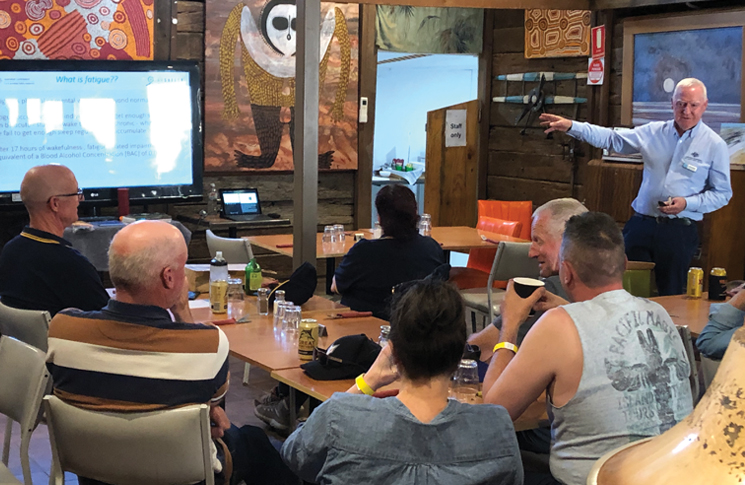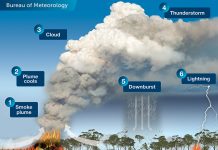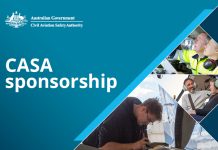As a pilot, you have an envelope with your name on it – but you’ll never find it in your letterbox.
Like the conceptual envelope that graphs the possible speed and altitude combinations of your aircraft, it is a summary of your abilities and shortcomings and how they combine. Like an unwelcome bill in the mail, this envelope exists whether you acknowledge it or not.
‘Exploring your personal envelope’ is the theme of the current round of AvSafety seminars being run in all states and territories by CASA’s Aviation Safety Advisors.
South Australian-based advisor Terry Horsam, who wrote the presentation for the team, holds an ATPL and instrument rating and has more than 20 years’ experience as a regional airline pilot and human factors facilitator.

My personal envelope will
be quite different to the
next person.
‘The seminar is built around the PAVE mnemonic – pilot, aircraft, environment and external,’ he says.
‘We all have our own limitations but my personal envelope will be quite different to the next person, based on our experiences and conditions on the day. You may not be aware you are operating at the limit for your performance envelope due to being fatigued and this will have an impact on how you operate the aircraft and make decisions.’
He says the crash of a Liberty Aerospace XL-2 aircraft near Braidwood in August 2019 is discussed in the seminar to highlight the dangers of distraction.
The findings of the ATSB report note: ‘Soon after the pilot turned downwind at low airspeed with no flap selected, the aircraft’s left wing aerodynamically stalled. This resulted in the aircraft entering into an upright spin, at an altitude that limited an effective recovery.’
‘In our seminars, we don’t talk about blame – we talk about the facts that are known about the accident and try to take some lessons out of it,’ Horsam says.
‘The pilot was circling the airfield after being told it wasn’t suitable for their aircraft to land.
‘The pilot is looking out the window and the aircraft slows down, but the pilot is focused on the landing and becomes distracted from the primary task of flying the aircraft and, unfortunately, the aircraft stalls and crashes.
‘What we’re trying to get across in the seminar is that a distraction is something that needs to be managed. But, of course, to manage it, you have to be aware you’ve become distracted.
‘When pilots leave the seminar, we hope they understand some of their own limitations and can recognise when they might be “pushing the envelope”.
‘Feedback from the participants around the country shows 81 per cent say attending an AvSafety seminar makes them a safer pilot.’
Pilots attending the seminars are shown the Plain English guide for fatigue management booklet, available for $2.95 from the CASA online store and free to download.
Book your place at an AvSafety seminar at casa.gov.au/about-us/events





Your Mood & Affect on the day are keys to a safe flight